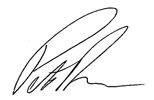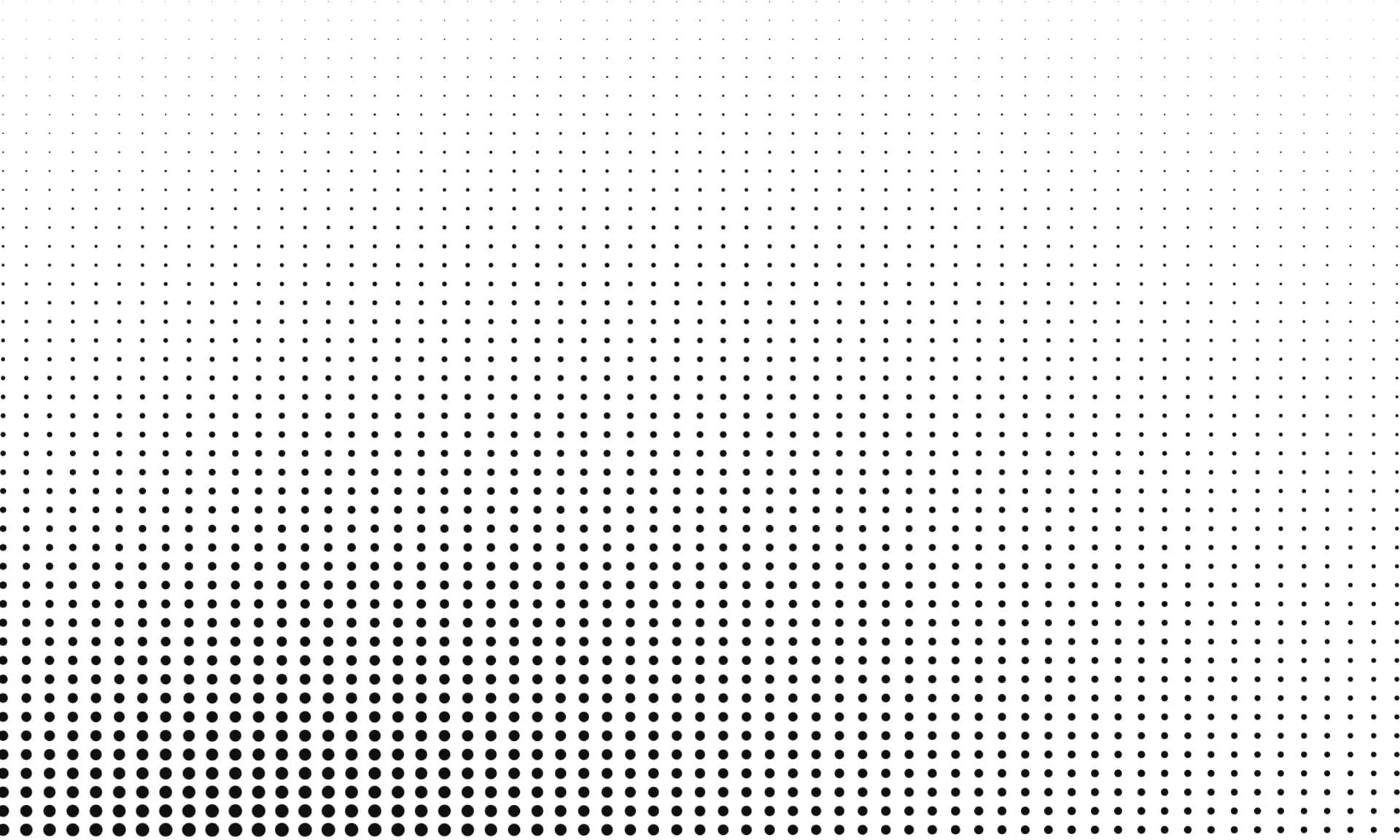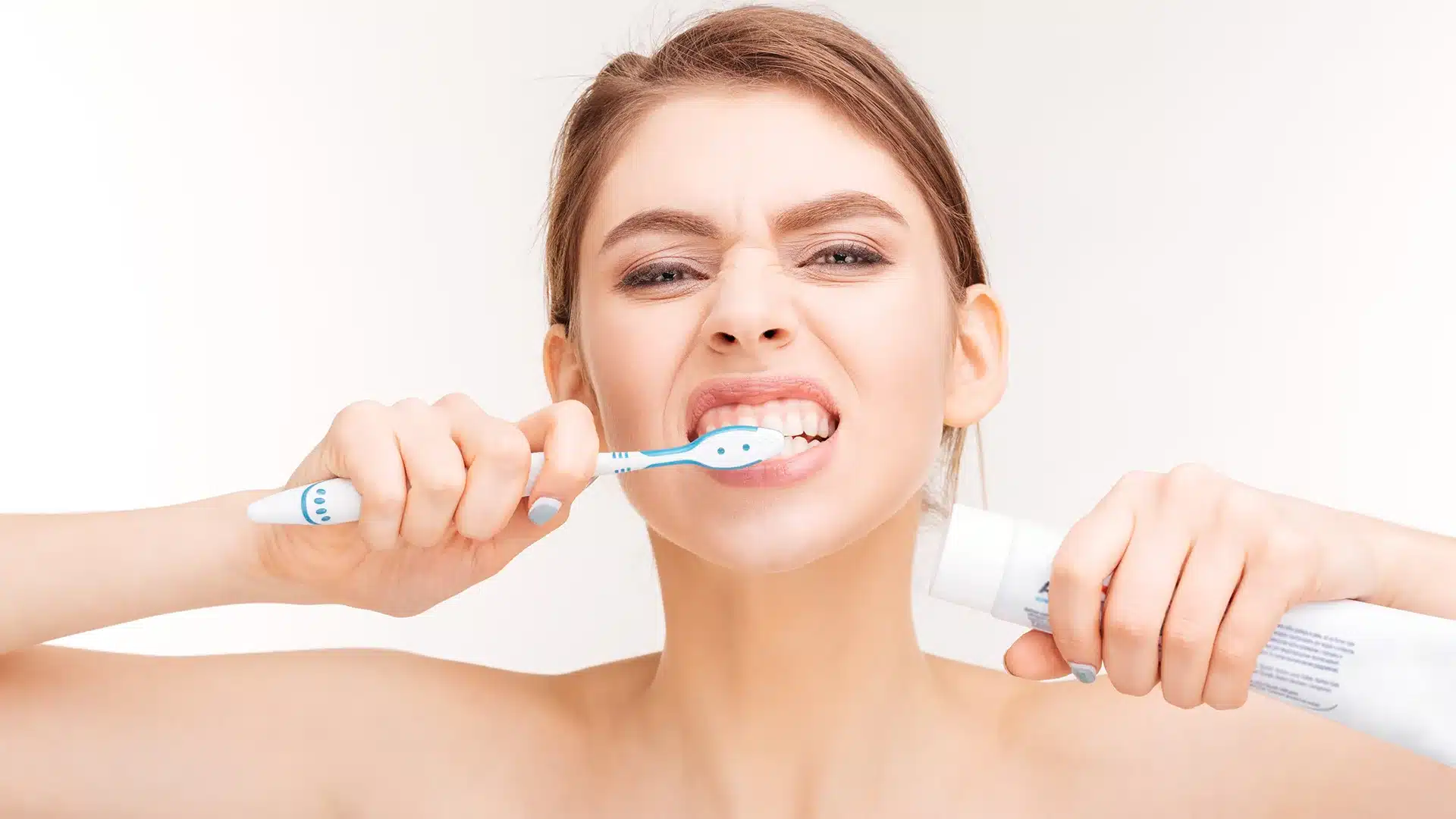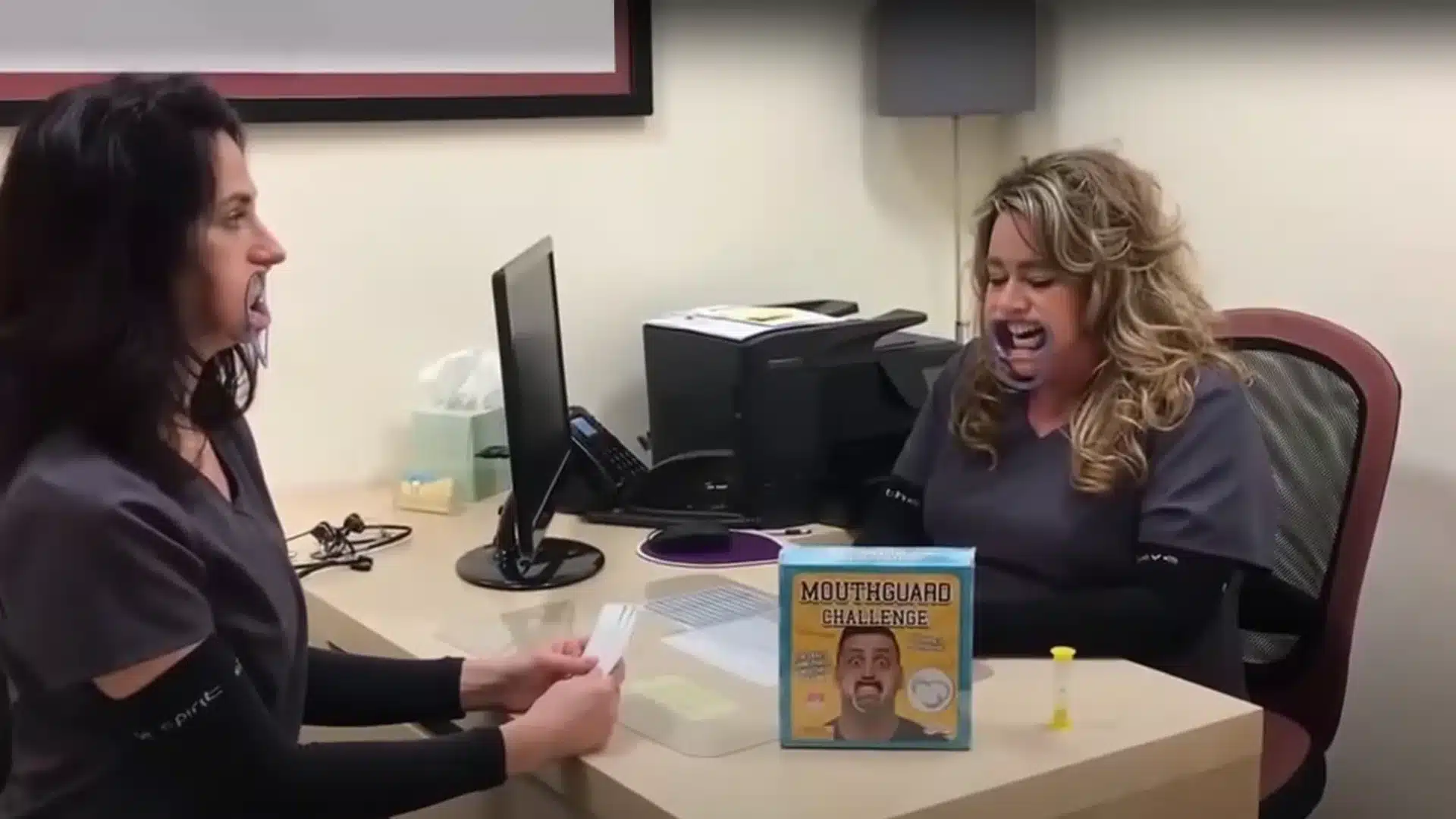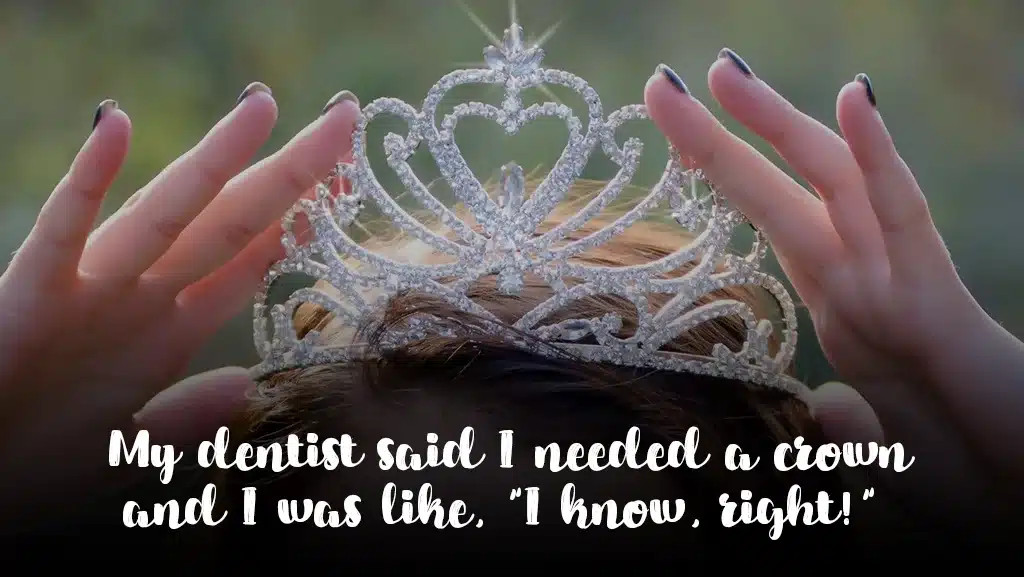Sometimes I see Lady Macbeth in my office. I’m sure you’re familiar with Shakespeare’s play, we all had to read it and maybe even perform it in high school, right? You know, the one that opens with the witches chanting about “toil and trouble”, finds Macbeth pondering, “Is this a dagger which I see before me?”, and finds Lady Macbeth in despair trying to wash the bloodstains from her hands.
Out, damned spot! Out, I say!Lady Macbeth (Macbeth, Act 5, Scene 1)
When I see patients with an overzealous approach to brushing their teeth, I can’t help but think of that scene. I get it, you’ve got an intense desire to scrub away every trace of plaque, food, stains . . . but that aggressive approach can actually be causing harm.
So let’s answer some basic questions I sometimes hear in the office:
Does brushing your teeth harder get them cleaner? Or whiter?
No. The notion that brushing harder leads to a cleaner or whiter smile is, in fact, a misconception.
If you’re cleaning your grill grates before the weekend, absolutely scrub away with as much elbow grease as you can muster. Tackling that tile grout? Firm pressure helps.
But we’re talking about teeth, and brushing too hard can have adverse effects, potentially causing damage and trauma to both your teeth and your gums.
Enamel erosion is a thing!
While I can appreciate the dedication to the task of aggressive brushers, It’s important you use a soft toothbrush and apply gentle pressure when you’re brushing your teeth. The key here is consistency and duration. Twice a day, for two minutes.
Think of it as though you’re scrubbing your beautiful new large screen tv. You don’t want to use steel wool and really go at it vigorously, it would create all kinds of scratches and dull the surface. In fact, don’t even use any kind of abrasive cleaner. A microfiber cloth is enough to get the job done.
Obviously you’re not scrubbing your teeth with steel wool, but when you excessively and aggressively brush your teeth, especially using a hard bristle toothbrush and any really abrasive cleaner, it can really cause more harm than good.
Enamel erosion is one of the hardest substances in the human body but there are several things that can contribute to the gradual loss of that outermost layer of your teeth. Acidic foods and beverages, acid reflux, tooth grinding, dry mouth, and – you guessed it – brushing too hard, especially if that’s combined with an abrasive toothpaste.
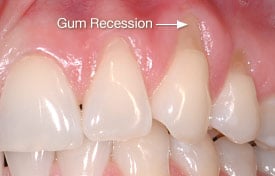
Your gums are delicate!
The gums around your teeth are delicate and brushing them aggressively can lead to receding gums or pain. The photo here on the right has a little arrow pointing to the area above one of the teeth. See how it looks like the gumline has changed? That is what a receding gum line looks like.
Using a soft bristle toothbrush and having a good, gentle brushing technique is really the key to keeping your mouth healthy and clean.
How to know if you’re brushing too hard
Not sure whether or not you are brushing too hard? Here are the most common signs that you might be brushing too hard.
1. Look at your toothbrush!
If you’ve had your toothbrush for less than three months, it should look like new. If the bristles look flattened and worn already, you may be brushing too hard.
If your toothbrush bristles look like this, it is either way past time for a new toothbrush OR you are brushing way too hard. It is definitely one of the tell-tale signs of aggressive brushing.
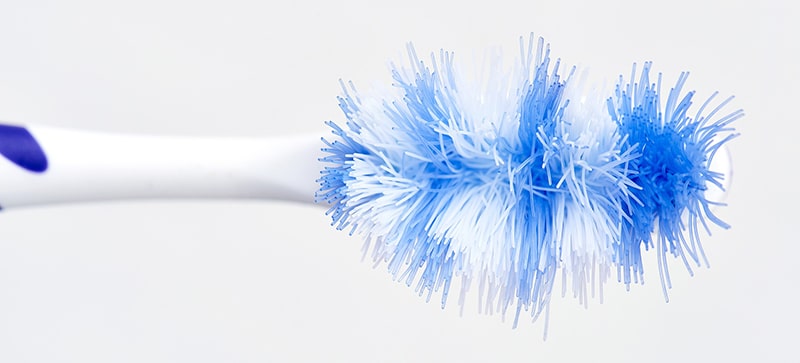
Toothbrushes get old and become less effective with time. Don’t forget to replace your toothbrush every 3 or 4 months. Or, at the very least, change out your toothbrush every 6 months, please. Which, incidentally, is why we include one in the little bag you get as a reward for getting your teeth cleaned.
2. Look at your gum line
The photo above shows you what a receding gum line looks like; try to identify whether or not you have noticed any changes in yours. If it looks like your gum line may be changing and that your teeth are a bit darker up near the top (the root surfaces are darker than your enamel aka the visible part of the tooth) then you might be brushing too hard.
3. Have you noticed any sensitivity?
Have you started to notice that icy cold or steaming hot drinks sometimes cause you a bit of pain? When your gums begin to recede it can definitely make you feel more sensitive to hot and cold than you have been in the past. Enamel erosion (exposing the dentin) can also increase sensitivity. So more sensitive teeth could be a sign that you are brushing too hard.
Good Brushing Tips & Techniques
Beyond using a soft toothbrush and being gentle, there are additional things to keep in mind when you’re brushing your teeth. Brushing really hard right after you have finished eating or drinking can sometimes be problematic, too. Acidic foods and drinks tend to soften enamel, so wait an hour before you brush.
Drinking water, or swishing and rinsing with water, right before you brush never hurts either. In fact, it is a great habit to drink water in the morning before you brush, it tends to make your morning tooth brushing more effective and is a great way to start the day.
Tooth Brushing Tips
- Angle the brush
- Gentle, circular motions
- Get all surfaces of the teeth (inner and outer)
- Brush long enough (two minutes)
- Brush often enough (twice a day)
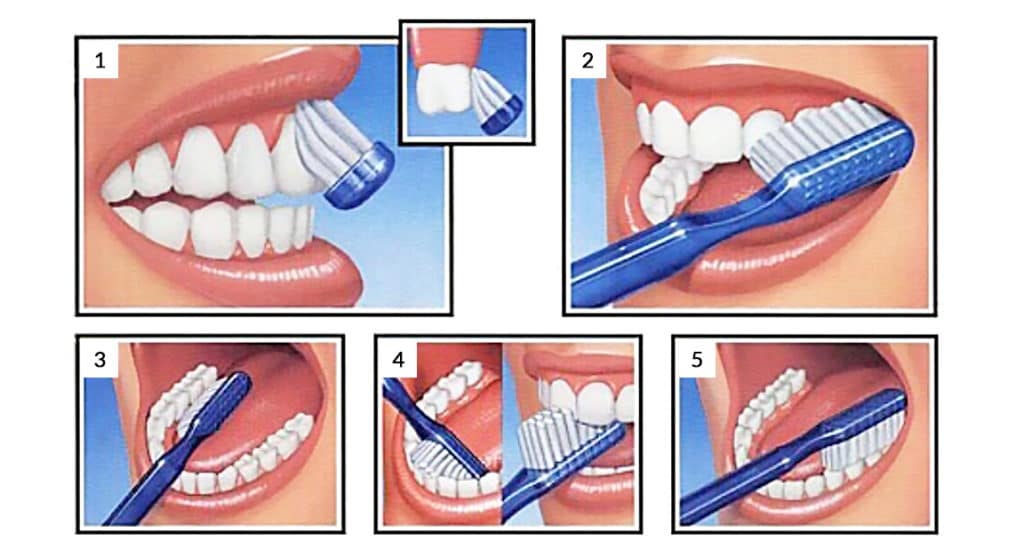
Tooth Brushing Techniques
- Place your toothbrush bristles at a 45° angle. The bristles should contact both the surface of your tooth and your gumline.
- Gently brush all of the outer surfaces of your teeth, gliding back and forth using a circular motion as you continue along the outside of each of your teeth.
- While still maintaining that 45 degree angle, with your toothbrush bristles contacting both the inner surface of your teeth and your inner gumline, gently glide back and forth using a circular motion as you continue along the inside of each of your teeth.
- Brush behind your front teeth by tilting your brush to reach and making several up and down strokes using the tip of your toothbrush.
- Place your brush along the biting surfaces of your teeth and gently scrub using a back and forth motion. Finish that by brushing your tongue from back to front!
It’s easy to concentrate only on the outer and biting surfaces of teeth when you’re in a hurry, but remember that all surfaces of each tooth should be brushed, including the most forgotten tongue-side of your teeth. (The ‘lingual’ side in dental geek speak.)
Think of it this way, when you’re brushing your teeth, just concentrate on thoroughly and gently brushing any and all of the ones you want to keep.
You can also consider investing in an electric toothbrush, which can take time getting used to, but is very effective to get those hard to reach spaces. It also automatically times you, by quadrant, so you’re more likely to get to every surface of every tooth.
If you’re concerned about your toothbrushing technique, give our office a call to schedule an appointment to ask questions (or for a demonstration).
Just don’t ask me to quote Shakespeare!
